Planting a tree is an important part of any landscaping project. Not only does it add beauty and shade to your outdoor spaces, but it can also help to protect the soil and reduce erosion. But before you can plant your tree, you need to make sure the soil is prepared correctly. In this article, we'll discuss the essential steps of soil preparation for tree planting services, so you can get the best results from your planting project. When preparing soil for a tree planting project, it is important to consider a number of factors including soil type, soil pH, nutrient content, and drainage.
Knowing the type of soil you are dealing with and its characteristics will help you determine which steps are needed for optimal tree growth. The first step is to test the pH of the soil and adjust it as necessary. The ideal pH level for most trees is 6.5-7.0, but this can vary depending on the type of tree and the environment in which it is being planted. If the pH level is too low or too high, then it may be necessary to add lime or sulfur to adjust it. Next, you'll want to make sure the soil is well aerated.
Compacted soil can limit root growth and make it harder for the tree to access water and nutrients. To aerate the soil, use a gardening fork to loosen it up and break up any clumps. The next step is to make sure the soil contains enough nutrients for healthy tree growth. Depending on your soil type, you may need to add fertilizer or compost to supplement the existing nutrients in the soil. This can help ensure that your tree has access to all of the essential nutrients it needs for growth. Finally, you'll want to check that the soil has good drainage.
Poor drainage can cause waterlogging in the root zone, which can lead to root rot and other issues. To test drainage, dig a hole and fill it with water. If it takes more than 30 minutes for all the water to drain away, then your soil may need some help. Adding sand or organic matter can help improve drainage and make sure your tree has access to water without becoming waterlogged.
Testing Soil pH
When preparing soil for planting a tree, it is important to test the pH level.The ideal pH level for most trees is 6.5-7.0, but this can vary depending on the type of tree and its environment. If the soil is too acidic or alkaline, it can be difficult for the tree to absorb nutrients and can lead to stunted growth or even death. Testing the soil is easy and relatively inexpensive. You can purchase a soil testing kit from any garden center or home improvement store.
The kit will come with instructions on how to use it, including how much soil to collect and how long to leave the sample in the solution. Once the sample has been tested, you can adjust the pH level with additives such as limestone, sulfur, or other fertilizers. Once the correct pH level has been achieved, it is important to keep it balanced by adding organic matter such as compost or manure to the soil each year. This will help maintain a healthy soil environment that will promote strong root growth and better overall tree health.
Improving Drainage
When planting a tree, improving drainage is essential to ensure the tree's success. Poor drainage can cause waterlogging in the root zone, leading to root rot and other issues. To test drainage, fill a hole with water and observe how long it takes for all the water to drain away. If drainage is inadequate, you may need to add compost, sand, or other materials to improve it.Adding organic matter such as compost will also help to improve the quality of the soil. Additionally, be sure to grade the soil so that water runs away from the tree, rather than pooling around its base. You should also consider amending the soil by adding fertilizers or other nutrients. Doing so will help provide your tree with the necessary nutrients it needs to thrive. If you are planting a large tree, you may need to create a raised bed in order to give it more room for its roots.
Finally, remember to thoroughly water the soil after planting your tree.
Aerating Soil
Aerating the soil before planting a tree is an important step that can help improve the growth of your tree. Soil compaction can limit root growth, making it difficult for a tree to access water and nutrients. This is why it is essential to aerate the soil using a gardening fork to loosen it up. The most effective way to aerate your soil is to use a garden fork and poke several holes in the soil. Make sure to create a hole deep enough that the roots can penetrate the soil and receive all the nutrients and water they need.You can also use an aerator machine if you have access to one. Once you have aerated the soil, you should add organic matter such as compost or mulch. This will help keep the soil moist and provide essential nutrients for your tree. You should also use a tiller or rototiller to break up any clumps in the soil.
Adding Nutrients
When it comes to soil preparation for tree planting, one of the most important steps is adding the necessary nutrients. Depending on the type of soil you’re dealing with, you may need to supplement existing nutrients in the soil with fertilizer or compost.Adding these nutrients helps create an environment that is conducive to successful tree growth. Fertilizer is a great way to add essential nutrients like nitrogen, phosphorus, and potassium. These nutrients provide trees with the energy they need to grow and develop. Fertilizer also helps balance out the pH level of soil, making it more hospitable for growing trees. Compost is another great way to add nutrients to soil. Compost contains a variety of beneficial microorganisms, including bacteria, fungi, and protozoa, which help break down organic matter and release essential minerals into the soil.
Compost also helps improve soil aeration and drainage, making it easier for trees to take in water and nutrients. If you’re not sure what type of fertilizer or compost to use, consult a professional tree planting service. They will be able to assess your soil and provide recommendations on what type of fertilizer or compost will best suit your needs.
Preparing Soil For Planting Trees
When planting a tree, preparing the soil correctly is an important step that can help ensure the tree's success. Poorly prepared soil can lead to unhealthy growth and may even cause issues in the future. To get the most out of your tree planting project, it's important to understand the basics of soil preparation. The first step in soil preparation is to remove any existing weeds or debris.Then, use a shovel or tiller to loosen and aerate the soil. This will help to create a better environment for the roots of the tree to grow. Additionally, you should add organic matter, such as compost, peat moss, or manure, to help create fertile soil and promote healthy growth. You should also consider adding fertilizer or lime to the soil if needed. Fertilizer can add essential nutrients to the soil and help give the tree a healthy start.
Lime can be added to increase the soil's pH levels, which can also contribute to healthier growth. If you are not sure whether your soil needs additional nutrients or balancing, you can take a sample of the soil to a local gardening center for testing. Finally, you should water the soil after planting to help the tree take root. This will also help keep the soil moist and promote healthy growth. You should continue to water your tree regularly throughout its life. Soil preparation is an essential step when planting a tree that should not be overlooked.
Testing the soil pH, aerating the soil, adding nutrients, and improving drainage are all important steps that will help ensure your tree has the best conditions for growth and minimize the risk of potential issues in the future. By taking the time to properly prepare the soil, you can provide your tree with all of the ingredients it needs for healthy growth.
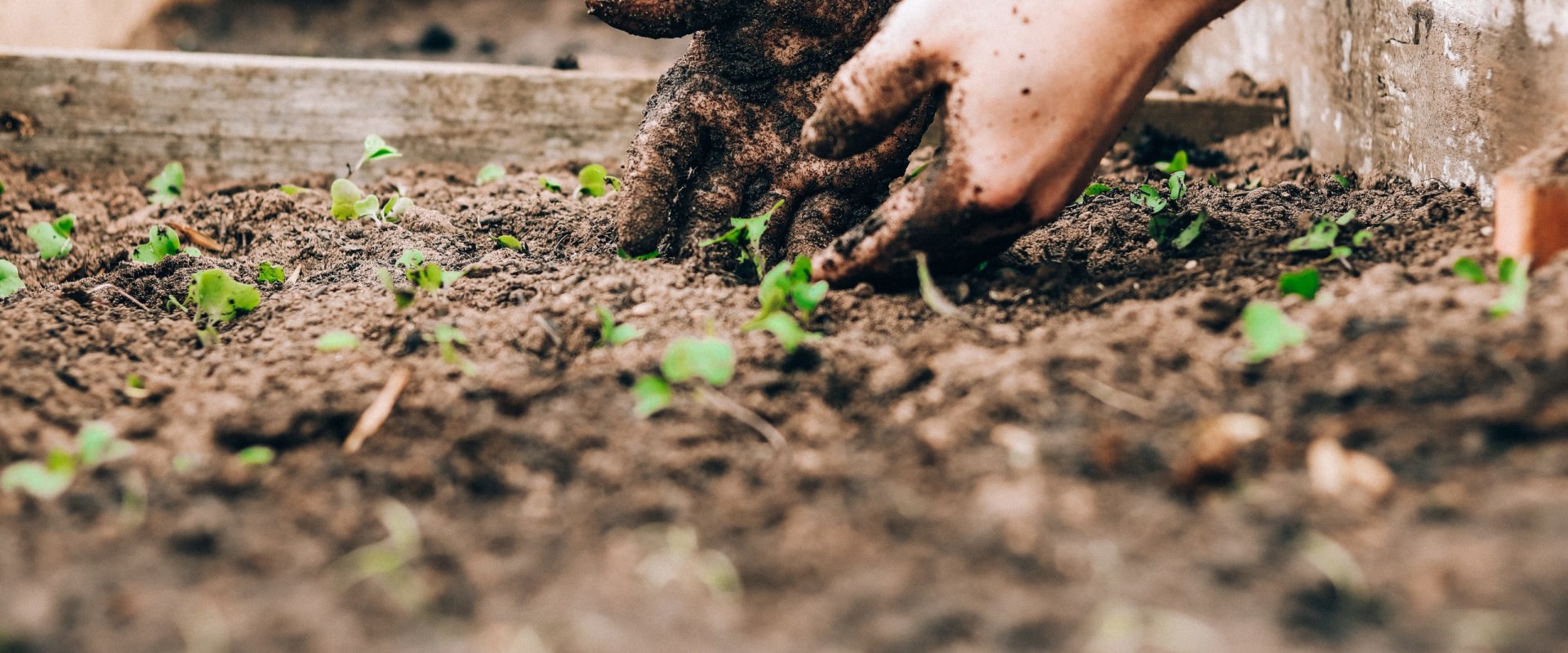

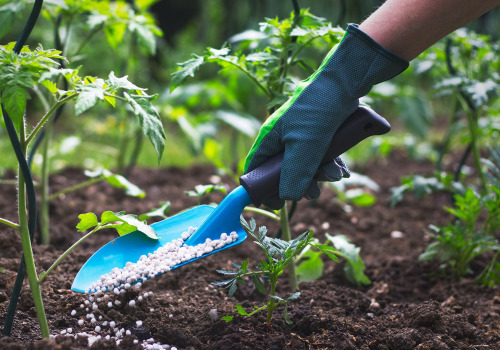
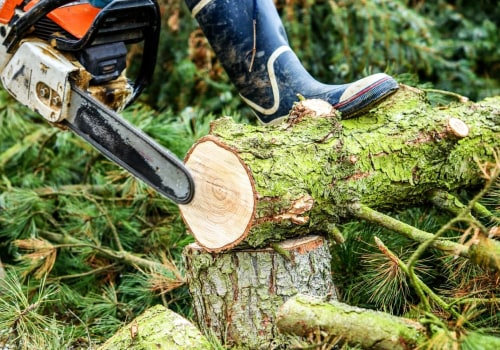
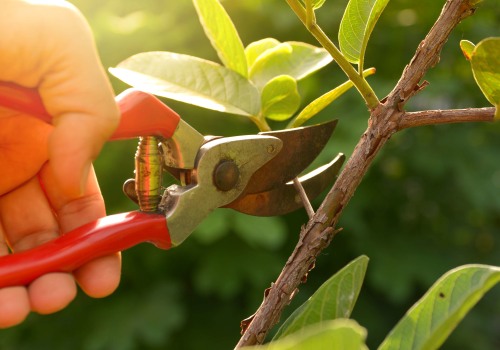

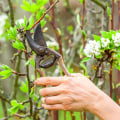

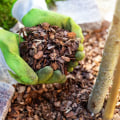
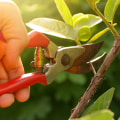

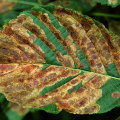
Leave Message